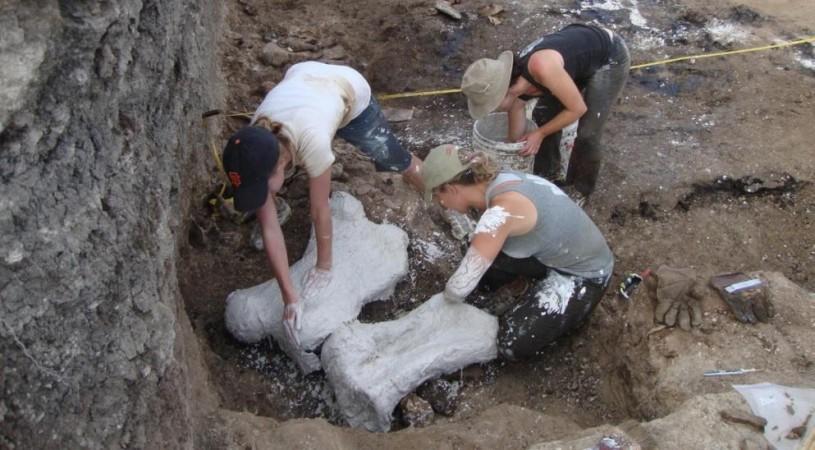A team of researchers has excavated remains of 22 elephant-sized sloths that might have roamed in the earth during the Ice Age. Paleontologists who took part in this research discovered these fossilized remains preserved in asphalt during an excavation in western Ecuador.
Startling details of these ancient sloths
During the study, researchers discovered huge bones of 15 adult sloths, five juveniles, and two newborns. Scientists also made it clear that these giant creatures might have walked on earth around 20,000 years ago. As per researchers who took part in this study, these giant creatures might have weighed several tonnes, just like the elephants we see in modern earth.

However, unlike elephants, these giant sloths had the capability to walk in two legs, and it is undoubtedly a unique feature that makes them stand out. Even though researchers have found the fossilized remains in asphalt, researchers find no evidence that they died in it.
"For years, everyone has thought of the classic scenario at the La Brea Tar Pits, where a large herbivore would get stuck in asphalt, then a bunch of carnivores would be attracted to the trapped animal and get stuck themselves, then birds would get stuck, insects would get stuck, etc. Nothing got stuck at Tanque Loma! The animals died in an aquatic setting like many other fossil sites, and the bones just fortuitously got preserved by seeping asphalt. It blew my mind when I first realized that," Emily Lindsey, assistant curator, and excavation site director at La Brea Tar Pits and the author of the study told Gizmodo.
How these creatures died?
The fossilized remains of these mammoth sloths were discovered alongside an ancient horse, a deer, and an elephant-sized gomphothere. Even after analyzing these fossils, researchers failed to determine the exact cause of the death of these ancient creatures.
However, researchers speculate that the deaths of these ancient creatures might be the result of drought or disease caused by drinking water contaminated with their own feces.








